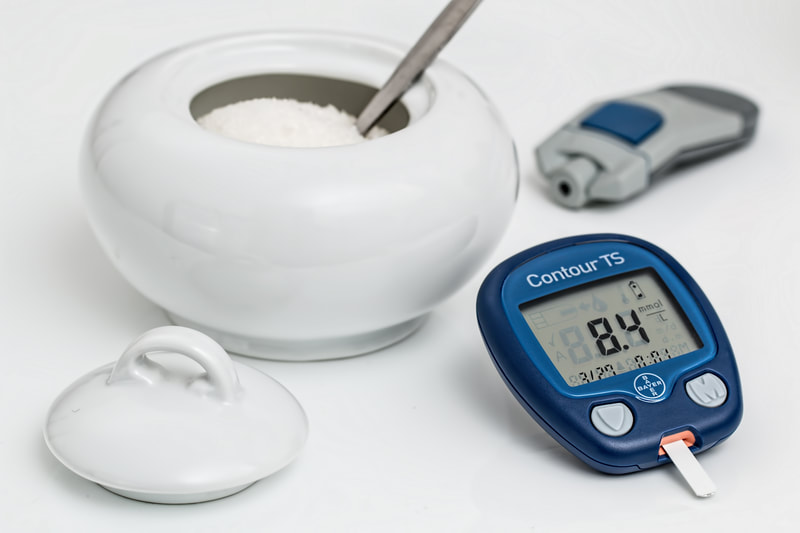Maintaining normal blood sugar levels is crucial for overall health. High fasting blood sugar levels, known as hyperglycemia, can lead to a number of health problems including diabetes, heart disease, stroke, and nerve damage. A fasting blood sugar greater than or equal to 100 mg/dL is considered a risk factor for metabolic syndrome.
In order to regulate your blood sugar levels, insulin, a hormone produced in your pancreas, needs to pull sugar out of the blood stream to be used for energy. The problem is generally not too little insulin to keep the blood sugar in a normal range (except in type 1 diabetes where the pancreas stops producing insulin), but rather the insulin cannot enter the cell to do its job. This is called insulin resistance.
In individuals with insulin resistance, the cells in the body do not respond properly to insulin, and as a result, they are unable to take up glucose from the bloodstream effectively. This leads to higher levels of glucose in the blood, which in turn stimulates the pancreas to produce even more insulin. Over time, this can cause a decline in insulin sensitivity and an increase in insulin resistance, which can lead to a number of health problems, including type 2 diabetes, metabolic syndrome, polycystic ovary syndrome (PCOS), and obesity. All people with metabolic syndrome have insulin resistance.
Insulin resistance can be caused by a number of factors, including a sedentary lifestyle, a diet high in processed foods and added sugars, and carrying excess weight, particularly around the waist. Though there is not a direct measurement of insulin resistance, abdominal obesity is the simplest indicator of it.





















 RSS Feed
RSS Feed